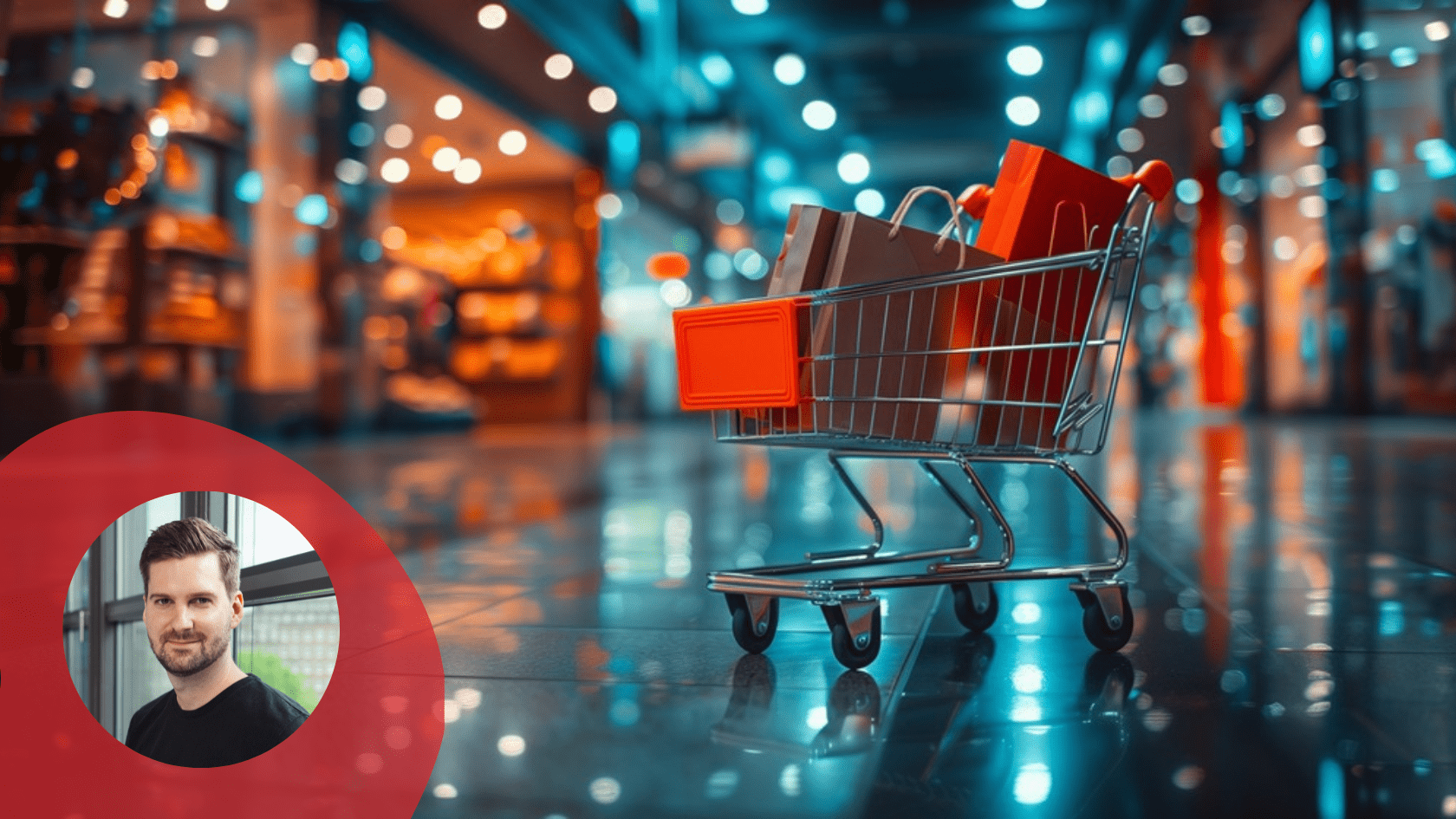

It’s been hard to miss this year’s headlines heralding a ‘retail reset,’ or predicting the end of physical retail as we know it. Chains like Foot Locker, CVS and Victoria’s Secret have been forced to shut down stores: it seems no sector is safe. This trend is unlikely to go anywhere anytime soon: A report from TimeOut predicts store closures across the country will double this year, with an estimated 15,000 stores closing down for good.
But this wave of closures isn’t signaling the total eradication of physical retail – it’s spelling out a critical message for retailers: Transform your physical store experience or risk extinction. The landscape of American retail is changing, with new customer demands, new players, new competition and a growing proportion of sales taking place across new digital channels like social commerce.
Customers are now searching for convenience above anything else. Therefore, it’s no surprise that last year, multicategory big box giants like Amazon, Walmart and Costco captured 50% of U.S. retail sales growth. At the same time, specialty retailers like Party City and Joann faced challenges.
How can retailers survive the current shift and optimize their physical stores to better connect with customers?
What Separates Thriving Retailers from Struggling Ones
Today’s successful retailers have recognized that consumers don’t think in channels: They expect a unified experience whether they’re shopping online or in a brick-and-mortar store. Simple ‘buy online, collect in-store’ services don’t measure up to expectations anymore: They’re now a basic hygiene factor rather than a draw for customers.
Instead, thriving retailers see their stores as hybrid spaces that fulfill multiple purposes, meaning the store becomes everything from a showroom to a brand experience hub and community gathering space. Best Buy is a great example of a store that has successfully reinvented itself with in-store services and tech support, allowing the brand to maintain its relevance, double down on customer support and give itself a new revenue stream through its Geek Squad services, which offer tech support and advice to customers.
In the fashion and lifestyle world, Nike is another player nailing the in-store experience. For example, the Nike By You program allows customers to design their own shoes, integrating this into its app so customers can shop in-store on their phones. If a customer sees a pair of sneakers they like, they can pick up their phone and customize them then and there, ordering them for collection or delivery. Making this kind of integration a success requires high-performing backend systems that can handle real-time inventory updates, personalization at scale and seamless order processing across multiple channels.
Macy’s is another lifestyle brand setting a great example in experiential retail. Its retail concept shop, Story at Macy’s, hosts events like meet-and-greets, crafting sessions, and mixology classes. These are the kinds of experiences that make it worth getting off the couch and into the store.
Community and exclusivity also are key for fashion and lifestyle brands. One way of doing this is through exclusive drops, whereby particular items are only available in-store and maybe even only to the first 50 or 100 customers to enter the store on a given day.
Customers want to support their favorite brands, and these ‘retailtainment’ (retail entertainment) initiatives make it easier to do that by creating best-in-class customer experiences that ensure in-store shopping feels more like an exciting day out than just a transaction.
A Wake-Up Call for Retail Brands
There’s an element of inevitability among some of the store closures we’re seeing right now, and that is the survival of the fittest: Many of the brands that are now closing up shop are older brands that haven’t done enough to keep up with industry trends or respond to customers’ changing needs.
However, store closures aren’t necessarily on the horizon for every retailer. The news should serve as a wake-up call for brands to evaluate their store footprints and right-size them. But instead of reducing the total number of stores across the country, that could mean closing down their underperforming stores and opening up stores in better locations for their brand.
Success in this new landscape also means having sophisticated data capabilities: Retailers need to be able to track consumer behavior across channels, manage inventory in real time and access insights about store performance in order to make the best decisions for their business.
Crucially, we’re seeing the decline of pure DTC brands. Omnichannel brands need physical touch points to connect with their customers, and their in-store experiences need to be aligned with their digital ones. Stores can’t just be a repository for stock, a place to hand over cash or a glorified parcel room for online pickup.
Retailers should not just rely on having a well-known brand name and expect to maintain footfall; they need to think creatively about how to excite and delight customers in their physical stores. This might look like introducing in-store activities, exclusive drops or additional services – like tech support for a tech brand or tailoring services for a fashion brand.
Connect the dots of your storefronts with your backend, your offline with your online strategy. If retailers don’t adapt to the changing landscape, they risk having to shrink their store footprints and lose out on valuable opportunities to interact with their customers.
As SCAYLE’s Managing Director Commercials, Tobias Ring looks after the Commerce Engine’s new and existing customers. Coming from an extensive business background, he has always had a passion for commerce and digital transformation. In his role as Senior Manager at Bain & Company, he worked closely with customers in the tech, consumer goods and retail sectors in Europe and the Silicon Valley. Ring thrives on creating a positive customer experience along every touch point of SCAYLE’s value chain. Utilizing his extensive expertise, he is dedicated to SCAYLING our customers and creating a new standard for ecommerce businesses.

